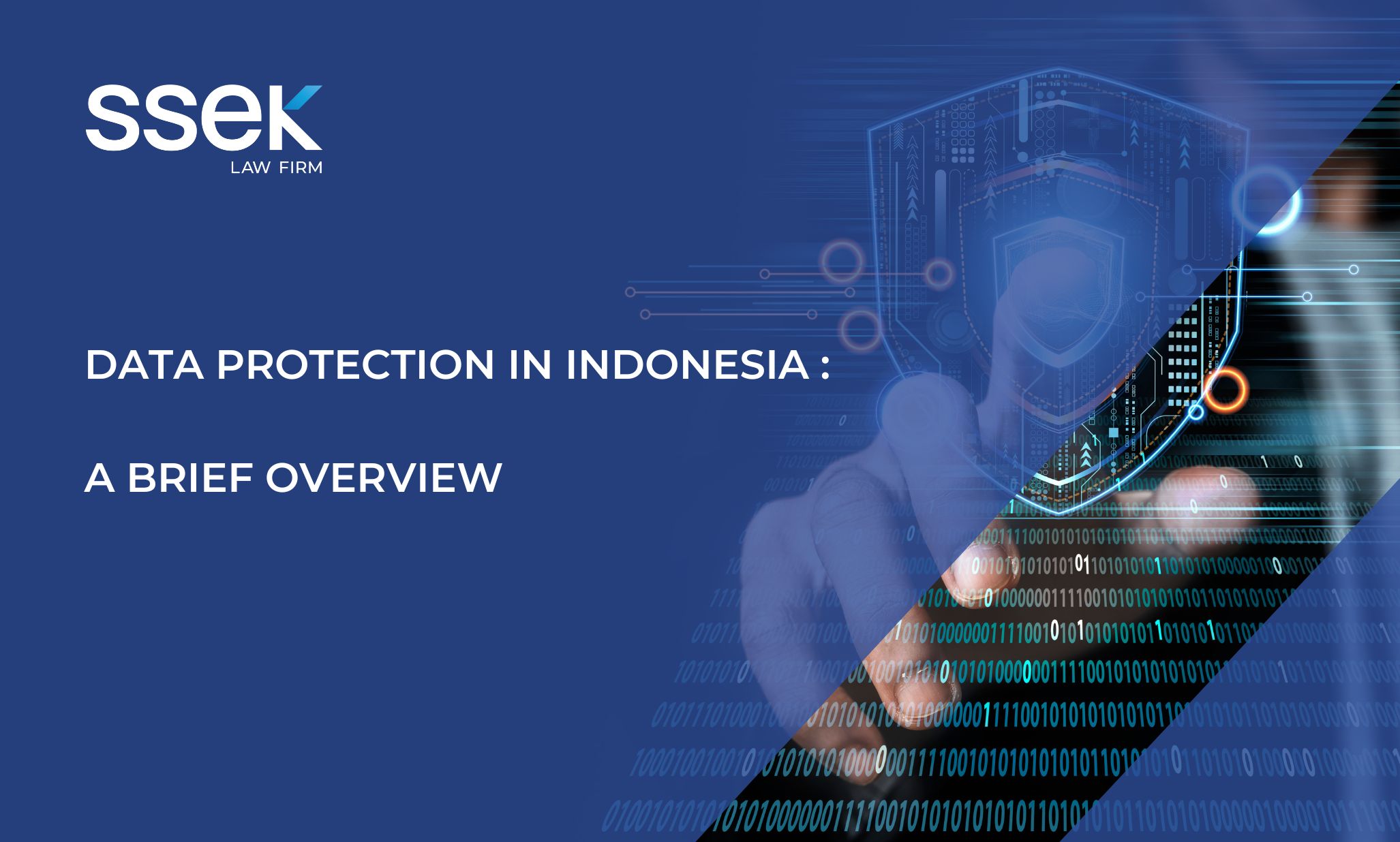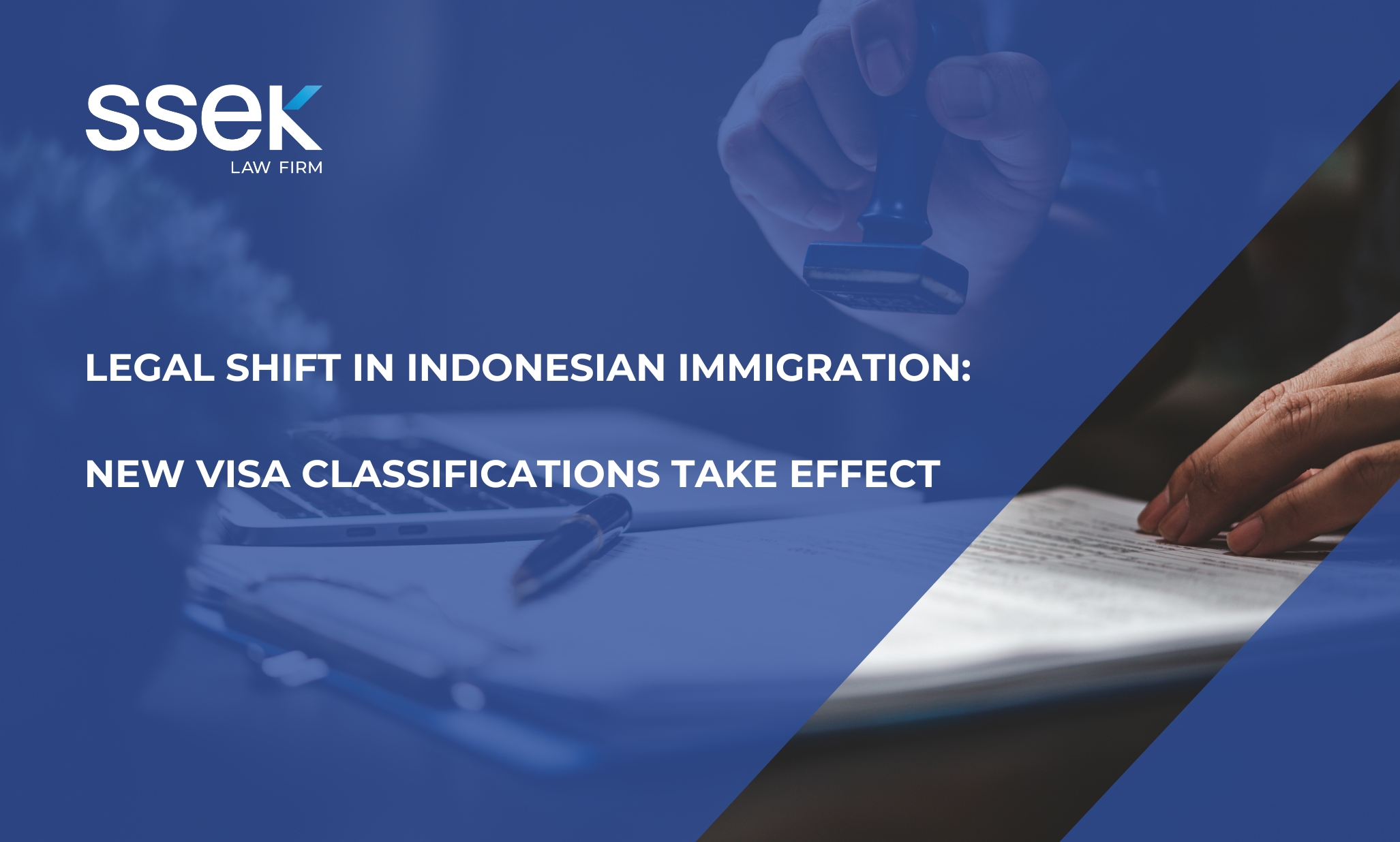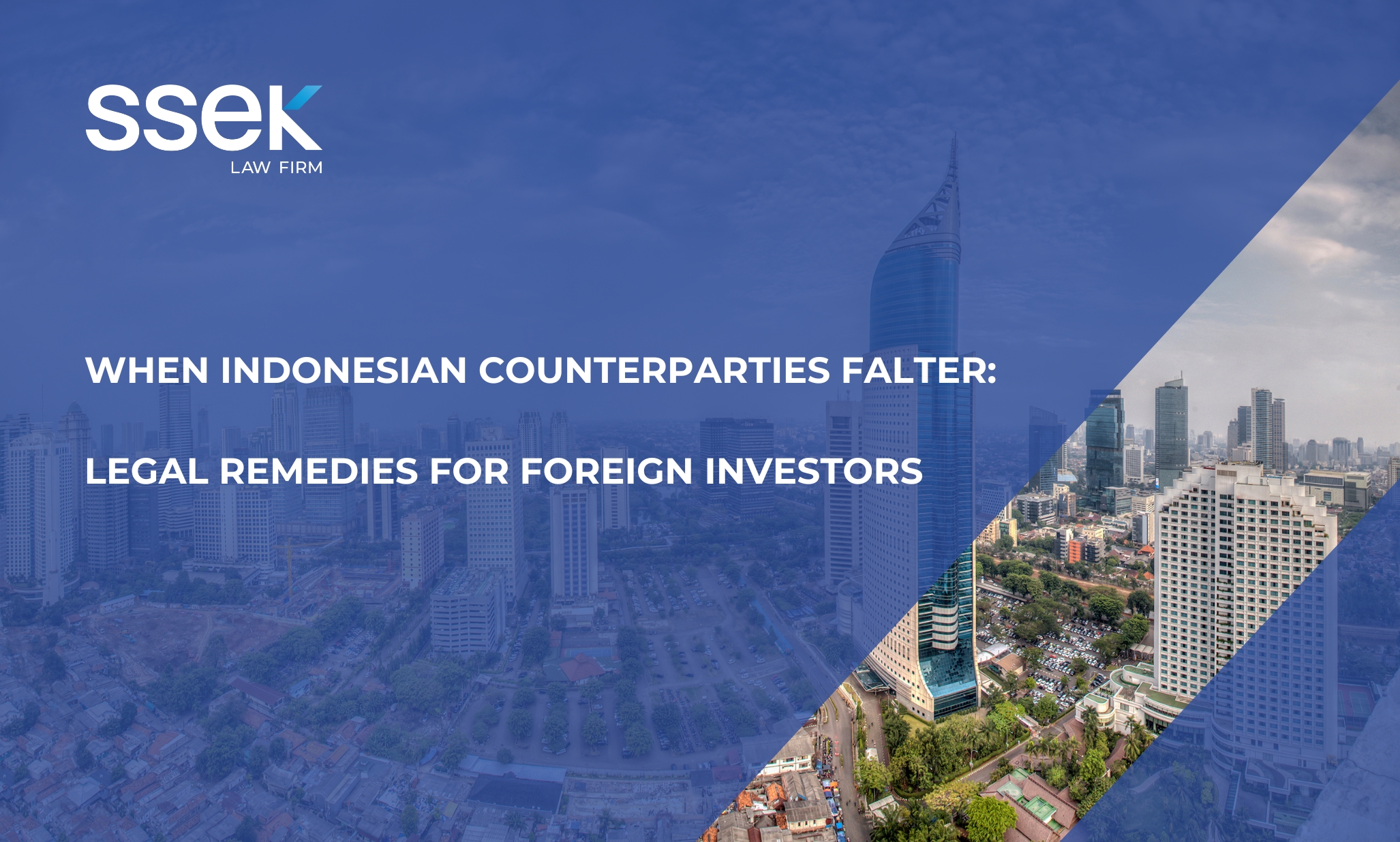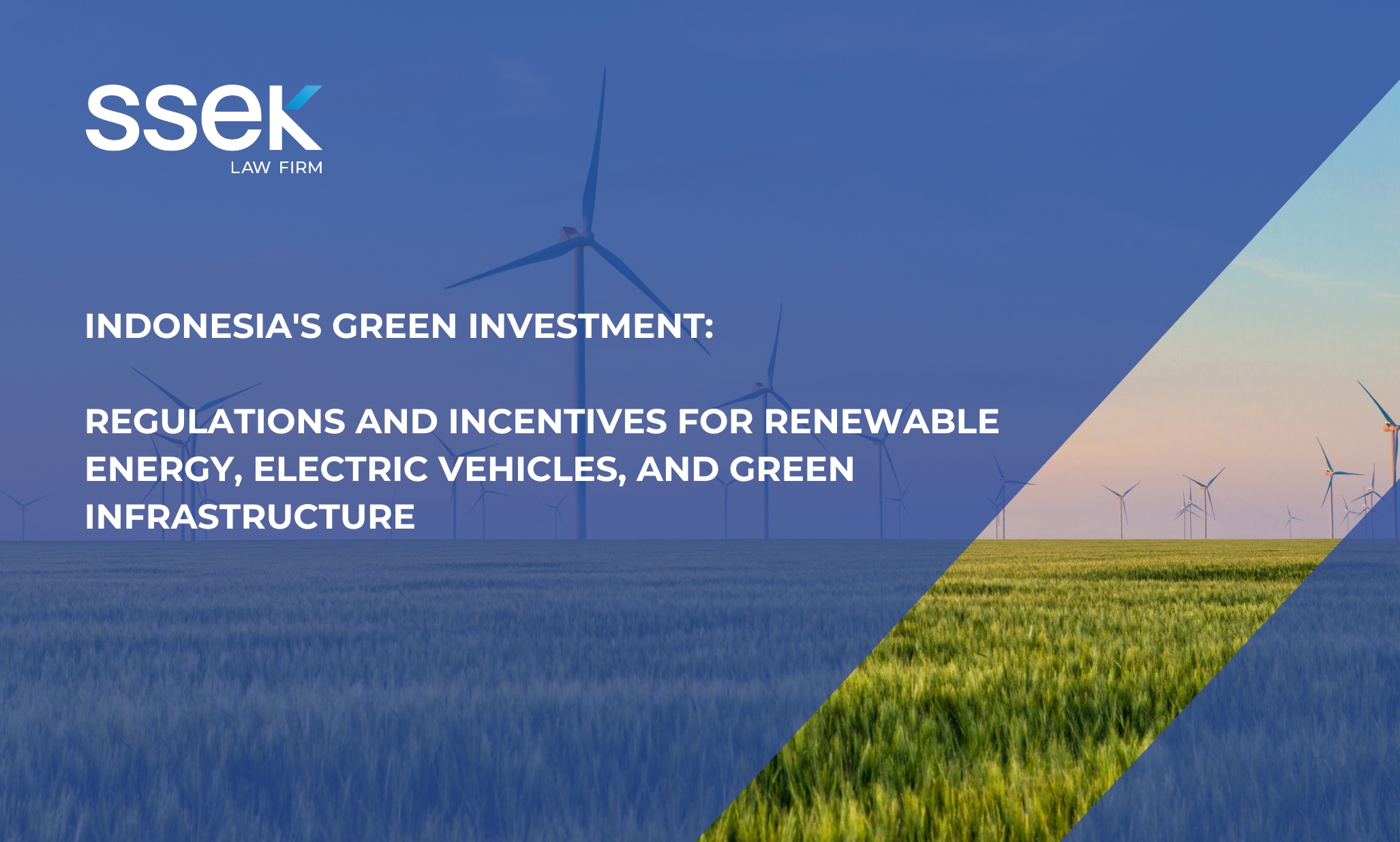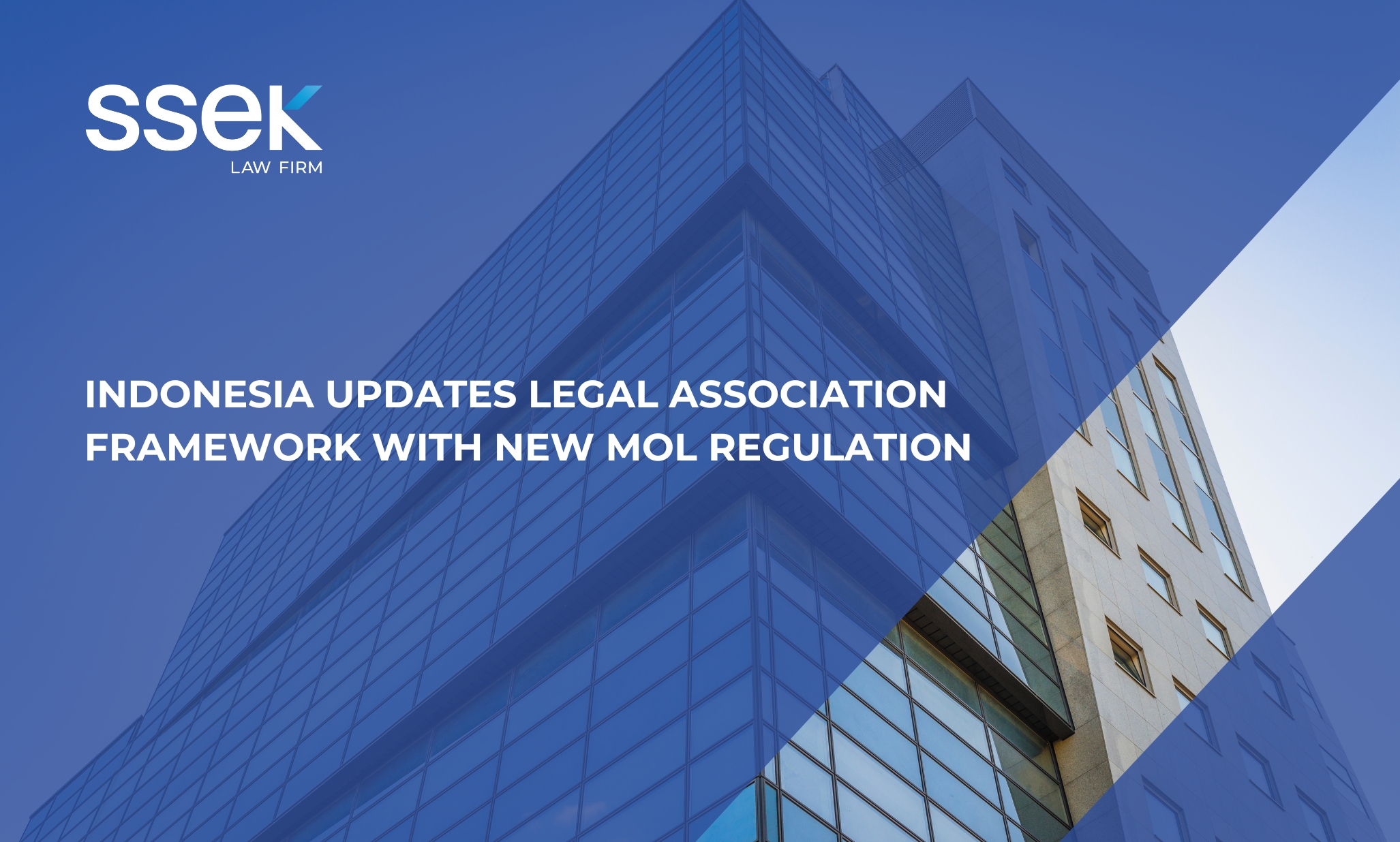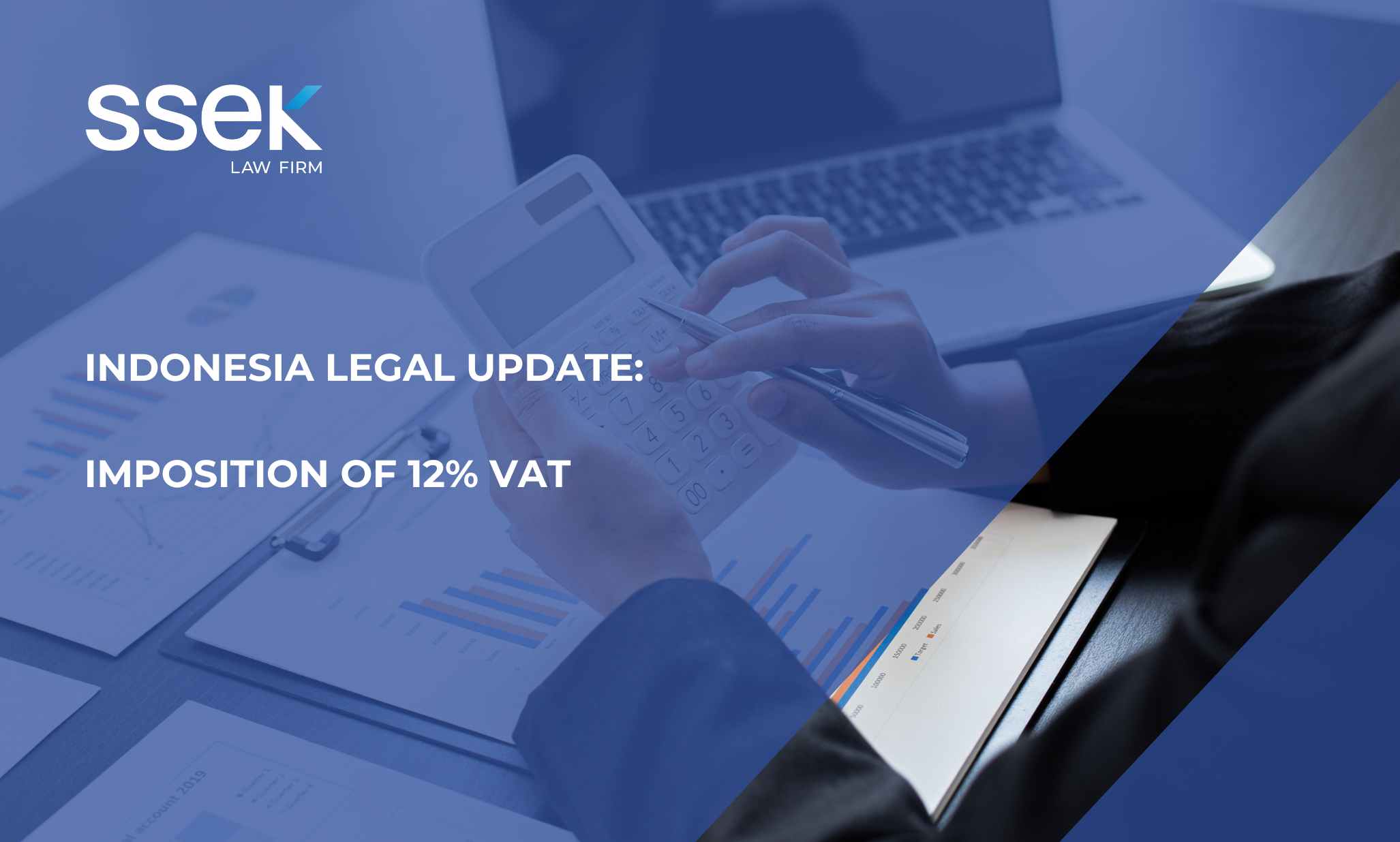


The Government of Indonesia announced in December 2024 that Value Added Tax (“VAT”) would increase on January 1, 2025, as a follow-up of Law No. 7 of 2021 regarding the Harmonization of Taxation Regulations.
As promised, on December 31, 2024, the Minister of Finance issue Regulation No. 131 of 2024 regarding the Treatment of Value-Added Tax on Imports of Taxable Goods, Delivery of Taxable Goods, Delivery of Taxable Services, and the Utilization of Non-Tangible Taxable Goods From Outside the Customs Area in the Customs Area, and the Utilization of Taxable Services From Outside the Customs Area in the Customs Area (“MOF Reg. 131/2024”). This regulation took effect on January 1, 2025, and raises the VAT for luxury goods from 11% to 12%.
This was followed by the issuance of Directorate General of Tax Regulation No. PER-1/PJ/2025 of 2025 regarding Technical Instructions for Making Tax Invoices in the Framework of Implementing MOF Reg. 131/2024, dated January 3, 2025 (“DGT Reg. 1/2025”).
MOF Reg. 131/2024 generally regulates the application of the 12% VAT, while DGT Reg. 1/2025 regulates the transitional guidelines related to the issuance of VAT invoices.
Indonesia’s Finance Minister, Sri Mulyani, has emphasized that the 12% VAT rate will only apply to motor vehicles and other luxury goods subject to Indonesia’s luxury goods sales tax (Pajak Penjualan atas Barang Mewah or “PPnBM”). She further said that the VAT on all goods and services that are currently taxed at 11% would remain unchanged, highlighting the stability of tax rates for items that are not classified as luxury goods.
We discuss the main highlights of both MOF Reg. 131/2024 and DGT Reg. 1/2025:
- VAT treatment for luxury goods
According to Article 2 of MOF Reg. 131/2024, the import and domestic delivery of luxury taxable goods in the form of motor vehicles and other items subject to PPnBM will be subject to the 12% VAT rate. Article 5 of MOF Reg. 131/2024 specifically states that the delivery of goods directly to end consumers will be subject to the following VAT treatment:
- From January 1, 2025, to January 31, 2025, the VAT payable is calculated by multiplying the 12% rate by the taxable base (dasar pengenaan pajak) in the form of other value, which is set as 11/12 of the selling price, which will result in an effective VAT rate of 11%; and
- Starting February 1, 2025, the VAT payable is calculated by multiplying the 12% rate by the normal taxable base in the form of the selling price.
“End consumer” is defined as the ultimate user of the goods or services who directly consumes the purchased goods or received services and does not use said goods and services for business activities under the current laws and regulations.
- VAT treatment for goods and services already subject to special rules
Taxable entrepreneurs who are already subject to special rules for collecting, calculating, and depositing VAT on the delivery of taxable goods and/or services, including:
- using an alternative tax base as stipulated in separate tax laws and regulations; and
- using specific amounts as determined by tax laws and regulations,
will continue to follow the existing regulations, as provided under Article 4 of MOF Reg. 131/2024.
- VAT treatment for other non-luxury goods and services
For other non-luxury taxable goods and services other than those mentioned in numbers 1 and 2 above, the VAT payable shall be calculated by multiplying the 12% rate by the tax base in the form of other value, which is set at 11/12 of the import value, selling price or compensation. This will result in an effective VAT rate of 11%. This is stipulated in Article 3 of MOF 131/2024.
- VAT Invoices during the transition period (1 January – 31 March 2025)
In principle, VAT Invoices and other documents considered as the equivalent to a VAT Invoice (hereinafter collectively referred to as “VAT Invoices”) must be accurately, completely, and clearly prepared by the taxable entrepreneur.
Given the sudden implementation of MOF Reg. 131/2024, the DGT is providing a grace period for VAT Invoices issued between 1 January and 31 March 2025. During this grace period,
- Taxable base of full selling price/replacement/import value and 12%; or
- Taxable base of full selling price/replacement/import value and 11% rate
are considered valid, as long as they include all other information that is required under the VAT Law, as provided under Article 4 of DGT Reg. 1/2025. Certain documents equivalent to a VAT Invoice that do not specify the taxable base in the form of an alternative amount are also still considered valid.
- VAT Invoices issued by retailers with the characteristics of end consumers for luxury goods
For the delivery of luxury taxable goods directly to end consumers, the rules as provided in Article 5 of MOF Reg. 131/2024 on VAT treatment will not apply to deliveries by retailers of:
1. Certain taxable goods, which include:
- land transportation in the form of motor vehicles;
- water transportation in the form of cruise ships, excursion ships, ferries, and yachts;
- air transportation in the form of airplanes, helicopters, and hot air balloons;
- land and buildings; and
- firearms and bullets; and
2. Certain taxable services, which include:
- rental services for land transportation in the form of motor vehicles;
- rental services for water transportation in the form of cruise ships, excursion ships, ferries, and yachts;
- rental services for air transportation in the form of airplanes, helicopters, and hot air balloons; and
- land and building rental services.
This publication is intended for informational purposes only and does not constitute legal advice. Any reliance on the material contained herein is at the user’s own risk. All SSEK publications are copyrighted and may not be reproduced without the express written consent of SSEK.




